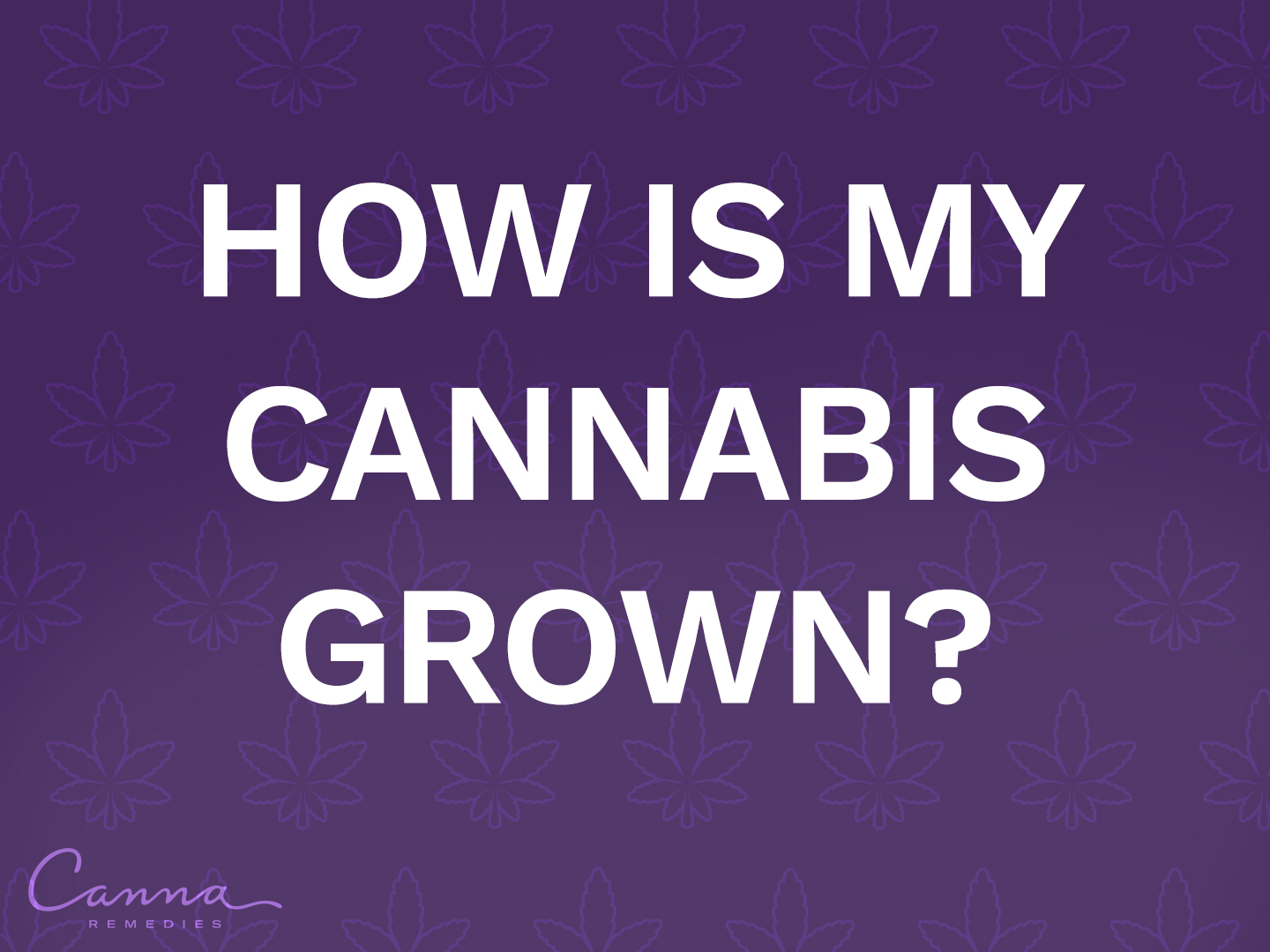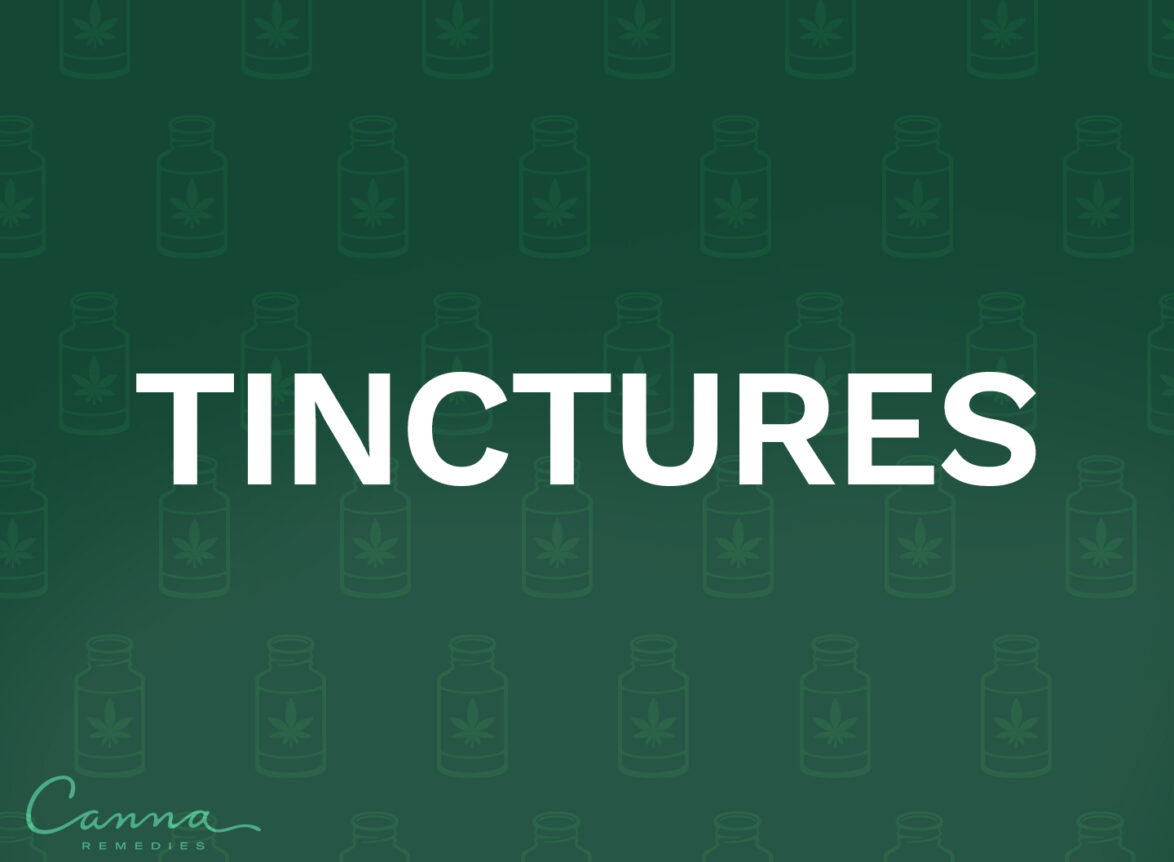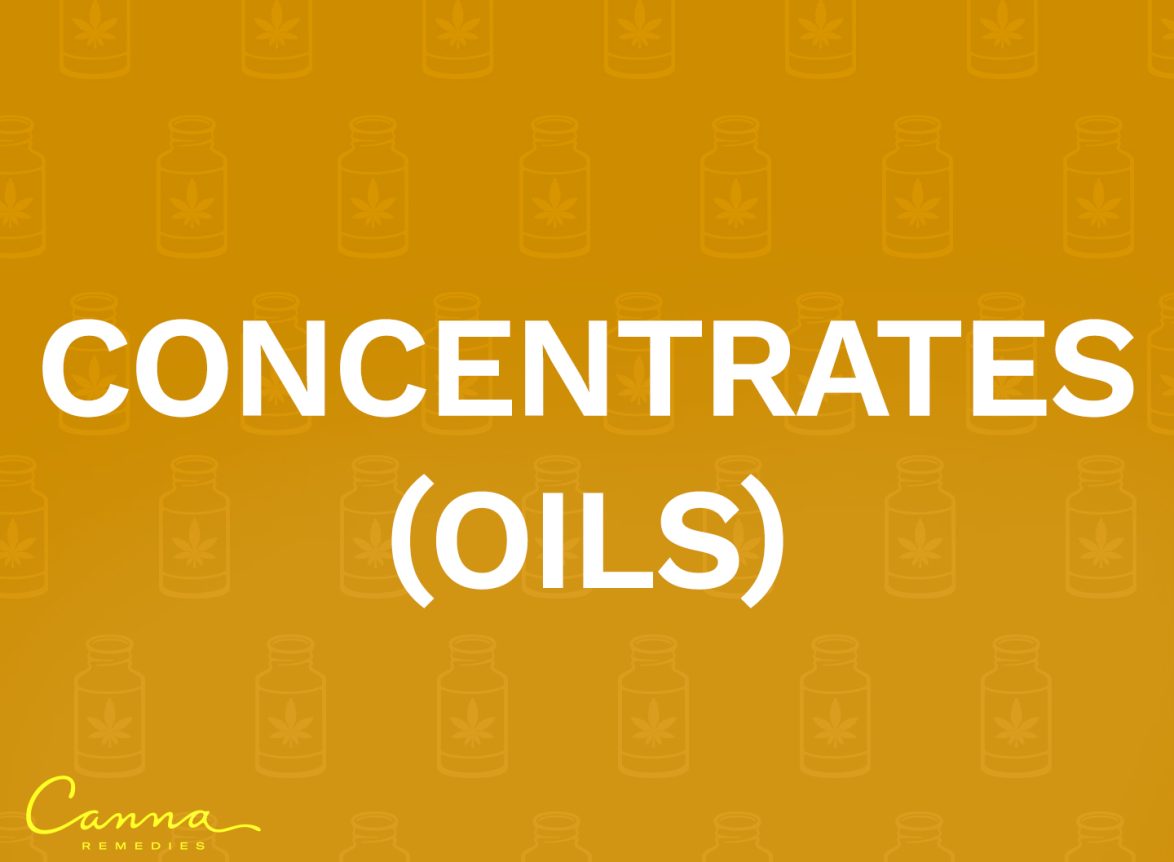All cannabis products sold by Canna Remedies are grown and produced in New Jersey by New Jersey state licensed cultivators and manufacturers. Cannabis cultivators refers to the companies who plant, grow, harvest, dry, cure, grade, and trim the cannabis buds. Below explores the different environments and techniques these cultivators are using to grow and harvest your bud.
Growing Environments for Cannabis
- Outdoor – exposes a crop to a natural environment offering natural light and significantly reducing costs for growers. This can also lead to an exposure to harsh environmental conditions such as rain, insects, extreme weather conditions, and invasive plants such as thistle. Outdoor cannabis cultivation relies on the available sunlight during the changing seasons, during which the plant is exposed to the full spectrum of light available in nature at that time of year. Outdoor cultivators experience a longer growth cycle and typically only harvest once a year.
- Greenhouse – Greenhouse grows offer the free sunlight of an outdoor grow, but with far greater environmental control. Greenhouses allow growers to control natural light with a blackout shade or similar roof covering system. Greenhouses also offer a layer of protection from animals, pests, and extreme environmental changes. A risk in greenhouse growing is that pests can spread inside the enclosed environment at a faster rate. Protection against environmental crossover is also limited depending on the type of greenhouse structure.
- Indoor – Growing marijuana indoors requires artificial lighting and use of air conditioning and dehumidification systems to mimic the elements of the outdoors. High upfront costs is the major downside of growing marijuana indoors for beginners.
Growing from Seed or Clone
- Seed – Plants grown from seed are the preferred method for outdoor cannabis cultivation because it makes for a more durable plant, and has a greater yield potential than clones. These from seed plants are also more resistant to pests, illnesses, and diseases. The downside to growing cannabis from seed each time are inconsistencies in the phenotype, or observable physical characteristics and chemical traits, of the parent plant. This causes variances in the cannabinoids and terpenes profiles and effects
- Clone – Cannabis clones refer to the replication of a single parent plant outside the means of sexual reproduction. This is done by taking cuttings from a mature cannabis plant that can be rooted and grown into a new, genetically identical plant. Clones are preferred for indoor grows looking for consistency in their products. When grown under the exact same environmental conditions as the mother plant, a clone is infinitely more likely to exhibit the mother plant’s physical traits, cannabinoid and terpene profile, and ability to take in nutrients and resist pests or fungi. Plants grown from clones also allow growers to determine which environmental conditions will maintain those ideal genetics, and determine optimal feeding schedules, flowering times, and nutrient recipes. If plants are exposed to adverse environmental conditions for which they have no genetic defense, an entire crop can be wiped out.
Cannabis is grown and then harvested at the end of the flowering cycle. Harvesting requires cutting each bud-laden branch off near where the branch meets the main stem. After harvesting a cannabis plant, buds have to be trimmed, dried, and cured before they can be consumed. A proper dry and cure are necessary so mold doesn’t develop in the buds.
Cannabis is typically trimmed to remove the excess sugar leaves that, while consumable, have a smaller concentration of trichomes than the flower and can be harsh when smoked. Ideally, this is done over a screen to collect any trichomes that may break off the plant. Plants are then left hanging upside down to dry until the stems slightly snap when bent. Once dried the curing process can begin. This is a prolonged process of removing moisture from the flowers under controlled environmental conditions to allow the conversion of non-psychoactive cannabinoids like THCA to continue to gain potency. Quick drying under warm, dry conditions halts this process much faster. A slow cure at low temperatures will preserve these terpenes better than a quick, hot cannabis drying process. Curing is complete when the flowers feel a little crunchy on the outside and the smallest branches snap when you bend them rather than fold.







